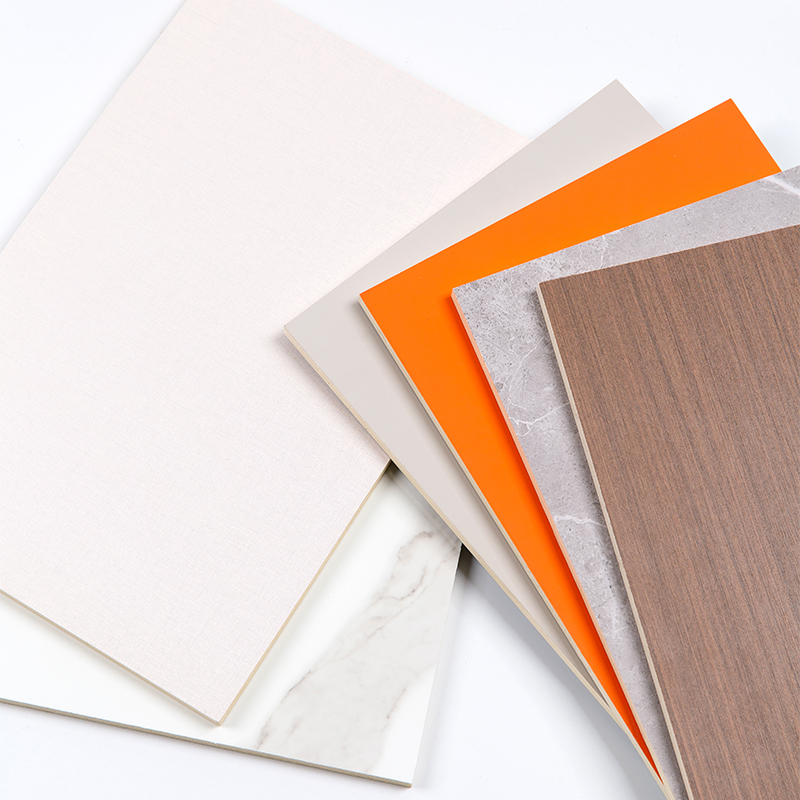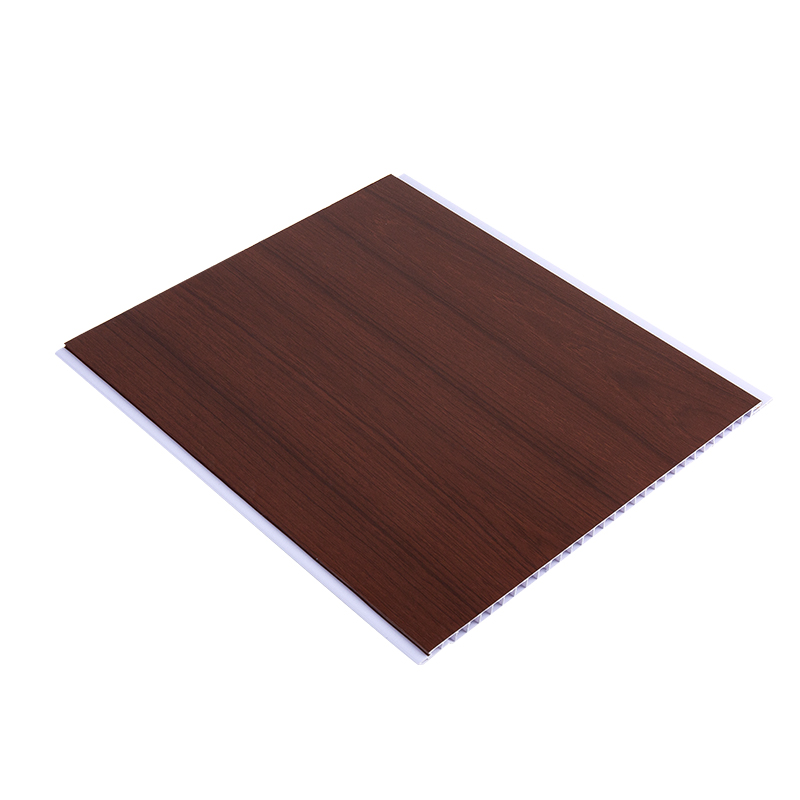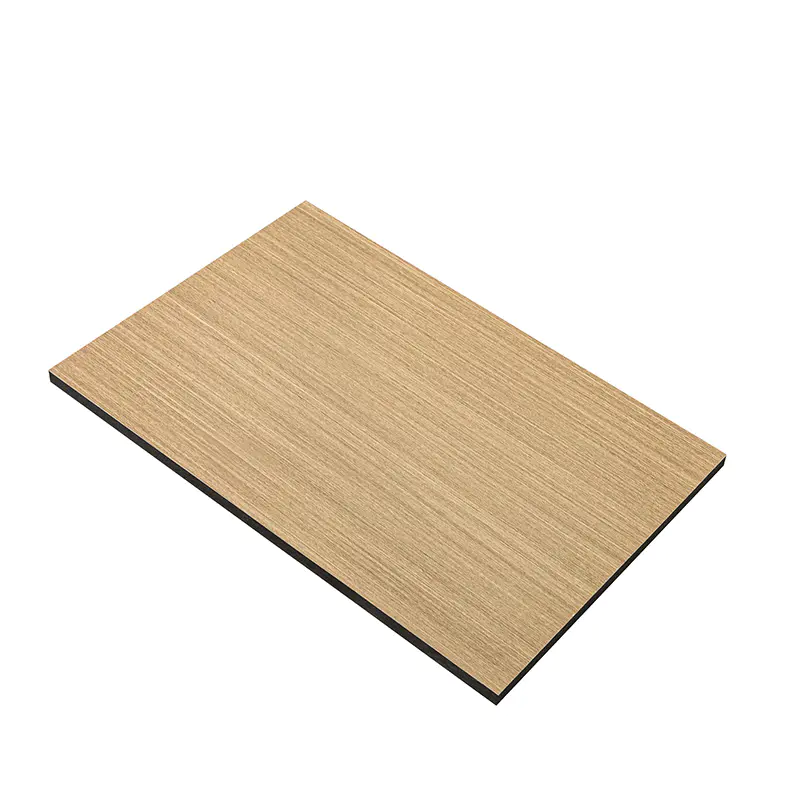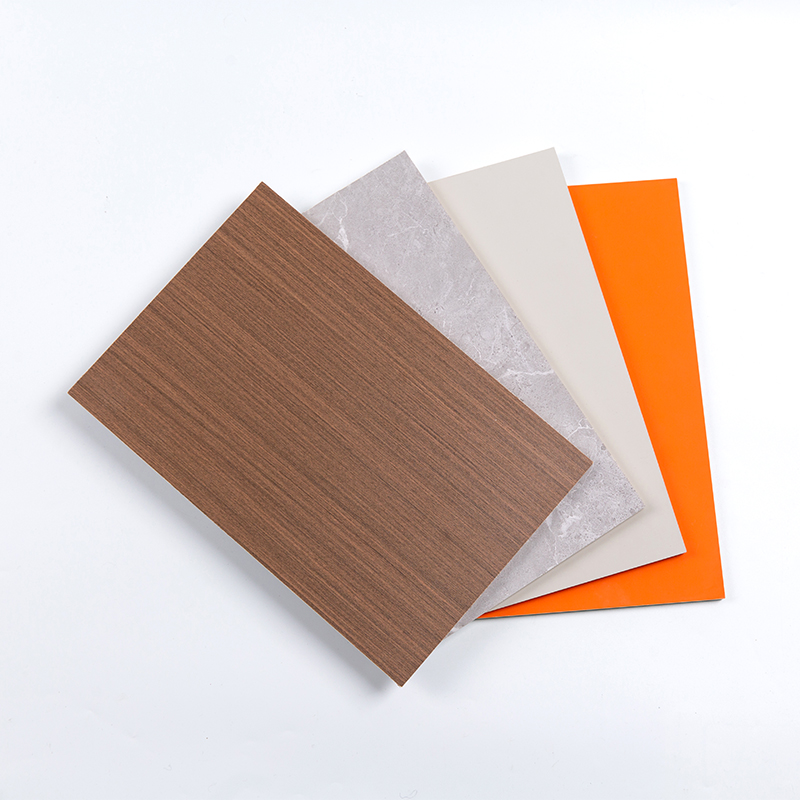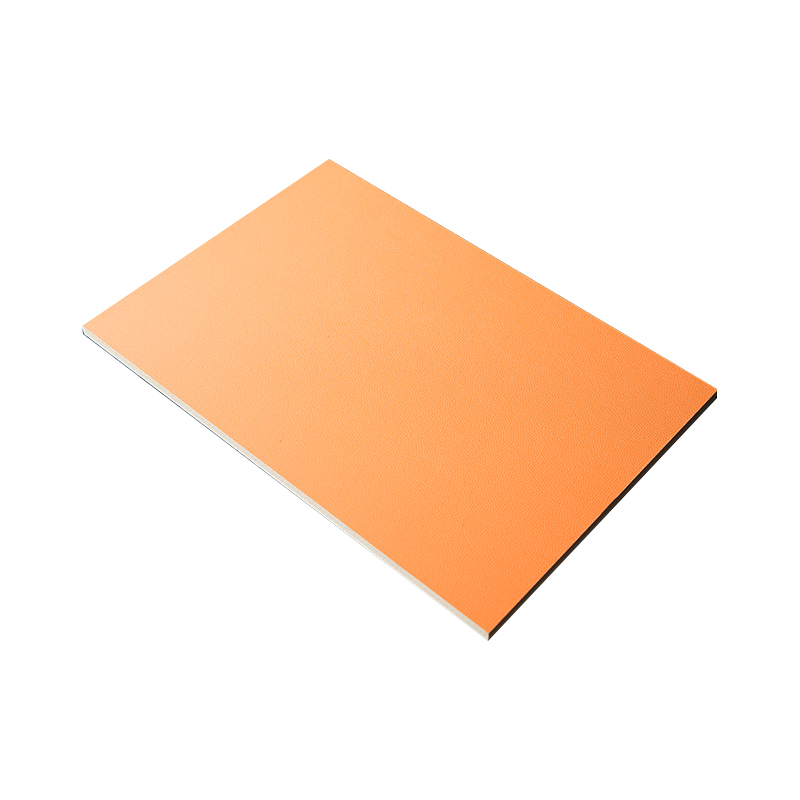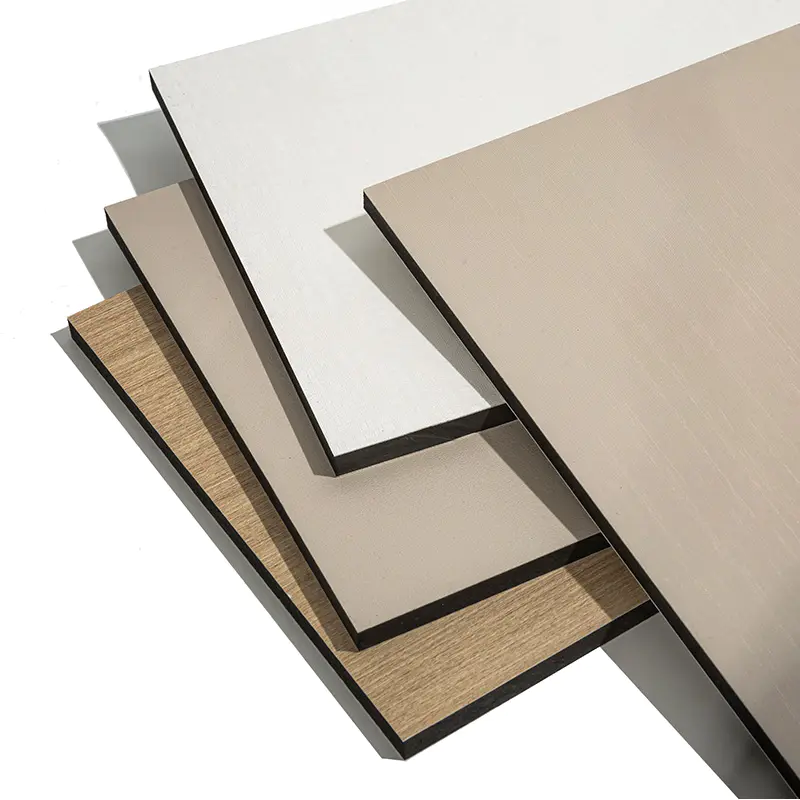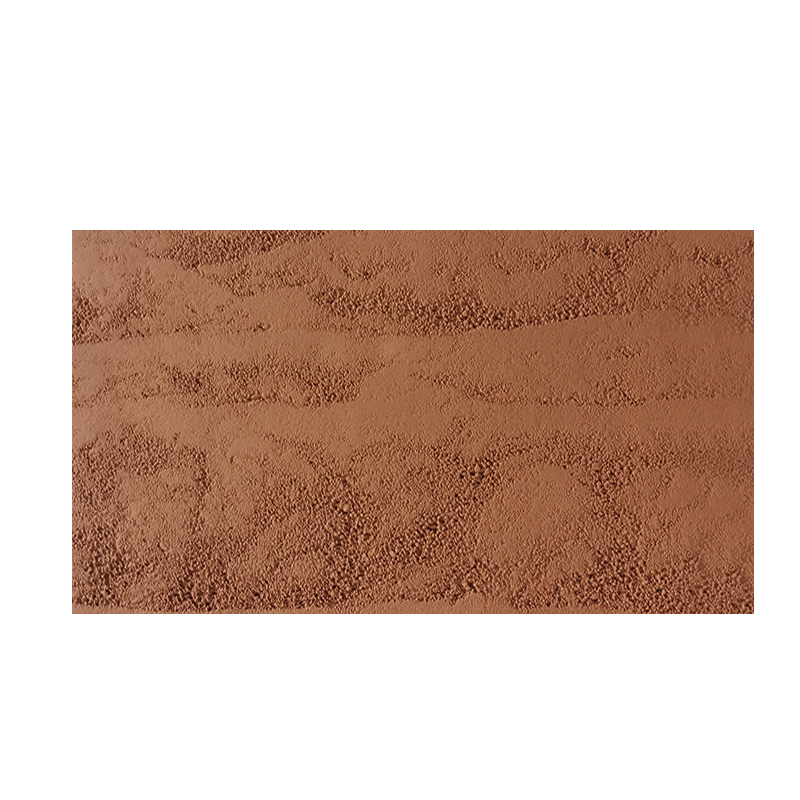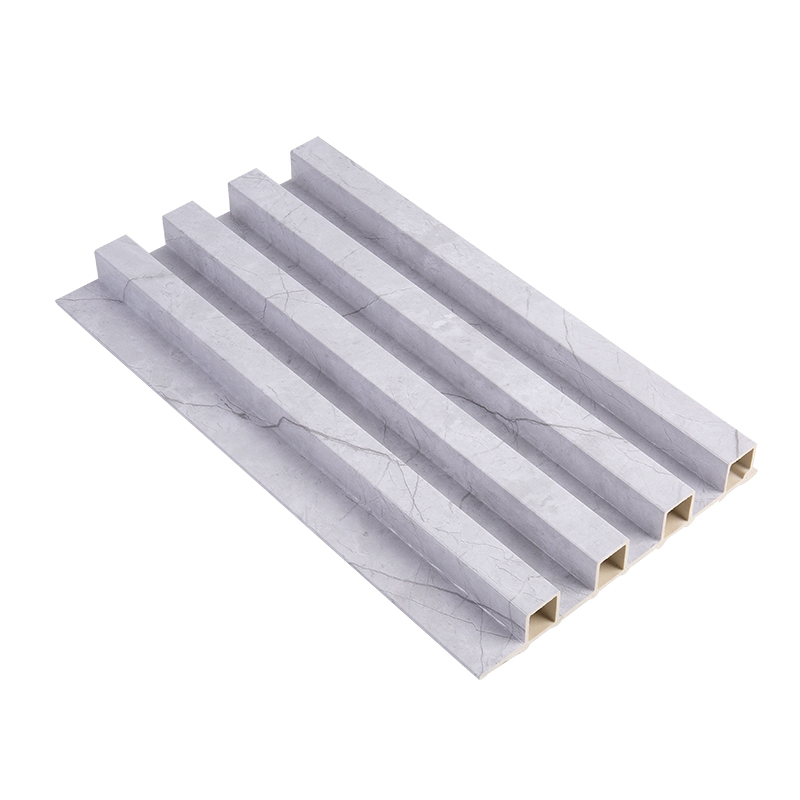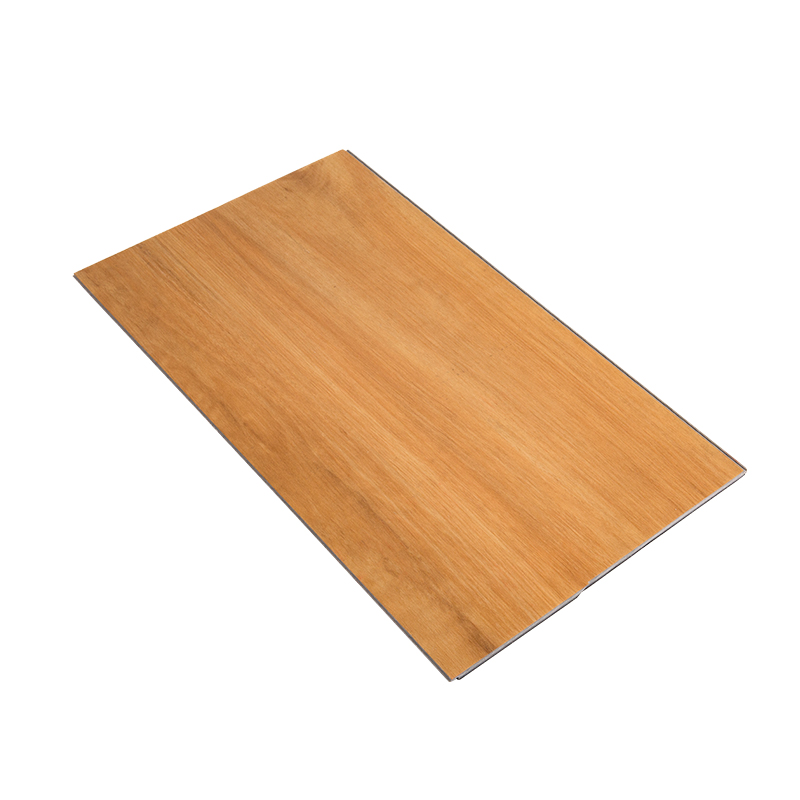+86-18367343973
- 1 What Are WPC Indoor Panels?
- 2 Key Benefits of Choosing WPC Indoor Wall Panels
- 3 How to Install WPC Panels: A Step-by-Step Guide for Interior Walls
- 4 WPC vs. PVC Wall Panels: Choosing the Right Material for Your Home Interior
- 5 Creative Design Ideas for Your Living Room with WPC Panels
- 6 Maintaining the Beauty of Your WPC Wall Panels
- 7
- 8 FAQ
In the world of modern interior design, homeowners and designers are constantly seeking materials that combine aesthetics, durability, and practicality. Among the frontrunners in this category are WPC Indoor Panel solutions. This comprehensive guide delves deep into everything you need to know about Wood-Plastic Composite panels for your interior spaces, from their core advantages to detailed installation and stunning design applications.
What Are WPC Indoor Panels?
Wood-Plastic Composite (WPC) panels are an innovative building material made from a blend of wood fibers or flour and thermoplastics. This unique composition creates a product that harnesses the natural look of wood while leveraging the strength and resilience of plastic. WPC Indoor Panel products are specifically engineered for interior applications, offering a versatile and high-performance alternative to traditional wood, PVC, or tiles.
- Core Composition: Typically composed of recycled wood and plastic materials, making them an eco-friendlier choice.
- Finished Product: They come in a variety of finishes, including realistic wood grains, solid colors, and textured patterns.
- Application Scope: Primarily used for wall cladding, ceiling panels, and even decorative elements in residential and commercial interiors.
Key Benefits of Choosing WPC Indoor Wall Panels
The rising popularity of WPC Indoor Panel systems is no accident. They offer a compelling set of benefits of WPC indoor wall panels that address common pain points associated with other materials.
Unmatched Durability and Longevity
Unlike natural wood, WPC panels are not susceptible to termites, rotting, or splintering. Their composite structure ensures they can withstand the daily wear and tear of active households and commercial spaces.
- Impact Resistance: Highly resistant to dents and scratches, making them ideal for homes with children and pets.
- Dimensional Stability: They do not warp, crack, or swell easily with minor temperature fluctuations.
Superior Moisture and Water Resistance
This is one of the most significant advantages. The plastic component in WPC makes it inherently resistant to moisture, preventing the mold and mildew growth that plagues drywall and some wood products.
- Ideal for Humid Areas: Perfect for bathrooms, kitchens, basements, and laundry rooms where humidity levels are high.
- Easy Spill Cleanup: Liquid spills can be wiped away without leaving stains or causing damage.
Easy Installation and Maintenance
Most WPC Indoor Panel systems feature tongue-and-groove or click-lock mechanisms, facilitating a straightforward installation process. Furthermore, their low-maintenance nature is a major selling point for busy homeowners.
- Simple Cleaning: Regular dusting and occasional wiping with a damp cloth are usually sufficient to keep them looking new.
- No Need for Painting or Sealing: The color and finish are consistent throughout the panel and do not require periodic refinishing.
How to Install WPC Panels: A Step-by-Step Guide for Interior Walls
Embarking on a DIY project? A proper WPC panel installation guide for interior walls is crucial for a flawless finish. The process is generally simpler and faster than tiling or installing traditional wood paneling.
Pre-Installation Preparation
Success begins with preparation. The substrate wall must be clean, dry, flat, and structurally sound. Any existing mold or moisture issues must be resolved before proceeding.
- Check Wall Level: Use a spirit level to identify any significant unevenness that needs to be addressed.
- Acclimatize Panels: Leave the WPC panels in the room for 24-48 hours before installation to allow them to adapt to the room's temperature and humidity.
- Gather Tools: You will typically need a measuring tape, a level, a pencil, a saw (fine-toothed for clean cuts), adhesive (if not using a batten system), and a rubber mallet.
The Installation Process
The installation can be done using either an adhesive method directly onto the wall or a batten (furring strip) system, which is excellent for uneven walls or for creating an air gap for additional insulation.
- Start from a Corner: Begin installation from the most visible corner of the room, ensuring the first panel is perfectly vertical.
- Interlock Panels: Connect the tongue of one panel into the groove of the previous one, tapping gently with a rubber mallet to secure the fit.
- Cutting for Fixtures: Measure and cut panels accurately to fit around electrical outlets, light switches, and corners.
WPC vs. PVC Wall Panels: Choosing the Right Material for Your Home Interior
When considering wall cladding options, the debate often comes down to WPC vs PVC wall panels for home interior. While both are waterproof and low-maintenance, key differences can influence your decision.
The following table outlines a direct comparison to help you understand which material might be better suited for your project:
| Feature | WPC Panels | PVC Panels |
| Core Material | Wood fiber & plastic composite | 100% Polyvinyl Chloride (Plastic) |
| Feel & Appearance | Warmer, more realistic wood-like feel and look | Can feel more plastic-like and hollow |
| Durability & Strength | Generally more rigid and impact-resistant | Lighter but can be more prone to bending and damage |
| Environmental Factor | Often uses recycled materials; considered more eco-friendly | Made from new plastic; recycling options can be limited |
| Cost | Typically higher, reflecting its premium qualities | Usually more budget-friendly |
Creative Design Ideas for Your Living Room with WPC Panels
Moving beyond technical specs, WPC Indoor Panel offer immense aesthetic potential. They are a powerful tool for transforming the ambiance of your living area. Here are some inspiring design ideas for living room with WPC panels.
Creating an Accent Wall
The most popular application is to create a stunning accent wall behind your sofa or television unit. This instantly adds texture, depth, and a focal point to the room without overwhelming the entire space.
- Use Dark Tones: Dark wood-effect WPC panels can create a sophisticated, cozy, and modern backdrop.
- Vertical vs. Horizontal Installation: Installing panels vertically can make the room feel taller, while horizontal installation can make it feel wider.
Modern and Minimalist Looks
For a clean, contemporary aesthetic, choose WPC panels in light shades like ash grey, off-white, or light oak. Their seamless appearance and uniform texture align perfectly with minimalist design principles.
- Full Wall Cladding: Covering all walls in a light-colored WPC panel creates a bright, spacious, and uniquely textured room.
- Combine with Lighting: Integrate recessed LED strip lighting along the grooves of the panels to create dramatic ambient lighting effects.
Maintaining the Beauty of Your WPC Wall Panels
One of the standout benefits of WPC indoor wall panels is their ease of care. Proper maintenance and cleaning of WPC wall panels is straightforward and requires no specialized products.
A regular cleaning routine will keep your panels looking as good as new for years. The non-porous surface does not trap dust or grime easily.
- Routine Dusting: Use a soft, dry microfiber cloth or a duster to remove surface dust weekly.
- Deeper Cleaning: For stuck-on dirt or stains, use a soft cloth dampened with a mixture of mild soap (like dish soap) and warm water. Avoid abrasive cleaners or scouring pads.
- Stain Removal: For tougher stains like ink or markers, isopropyl alcohol on a soft cloth can be effective. Always test in an inconspicuous area first.
- Final Rinse and Dry: After using a cleaning solution, wipe the surface with a clean cloth dampened with plain water and then dry it thoroughly to prevent water spots.
YXWPC1228 8MM Thickness WPC Wood Veneer Decoration Paint-Free Board Solid Wood Wall Board
FAQ
Are WPC indoor panels truly waterproof?
Yes, WPC Indoor Panel products are highly waterproof, which is a primary reason for their popularity in humid interiors like bathrooms and kitchens. The plastic matrix in their composition prevents water absorption, making them resistant to warping, swelling, and mold growth caused by moisture. However, it is crucial to ensure that the installation method also seals the joints properly to prevent water from seeping behind the panels.
Can I install WPC panels over existing tiles?
Absolutely. Installing WPC Indoor Panel over existing tiles is a viable and cost-effective way to renovate a space without the mess of demolition. The key is to use a batten (furring strip) system. You would attach wooden or metal battens to the tiled wall using strong anchors and screws, creating a flat and level framework. The WPC panels are then installed onto this framework. This method also creates a valuable air gap that can help with insulation and further moisture management.
How do WPC panels compare to real wood for interior walls?
While real wood offers a classic and authentic beauty, WPC Indoor Panel solutions provide superior functional benefits for most modern homes. WPC outperforms real wood in areas of moisture resistance, durability against impacts, and overall maintenance requirements. Real wood requires regular sanding, sealing, or varnishing to maintain its appearance and protect it from moisture, whereas WPC is essentially maintenance-free. WPC also offers more consistency in color and texture and is often more cost-effective in the long run.
What is the average lifespan of WPC wall panels?
When installed and maintained correctly, high-quality WPC Indoor Panel can have a very long lifespan, typically ranging from 15 to 25 years or more. Their resistance to moisture, insects, rot, and UV fading (for indoor grades) ensures that they do not degrade like natural wood. The longevity is a direct result of the material's inherent benefits of WPC indoor wall panels, including their structural stability and low susceptibility to environmental factors that commonly affect other materials.
Are WPC panels environmentally friendly?
WPC Indoor Panel are generally considered a more sustainable choice than many alternatives. This is because they are often manufactured using recycled wood and plastic materials, diverting waste from landfills. Furthermore, because they are durable and long-lasting, they reduce the need for frequent replacements, conserving resources over time. However, it's important to research specific manufacturers, as eco-credentials can vary based on the sources of their raw materials and their production processes.
